The Five Practices of Authentic Relating
To live by the Five Practices is to live a transformed life, from the hidden to the revealed, from the unconscious to the conscious, from the unknown to the known.
All of the tools, skills, practices, and exercises we teach at ART are based on the Five Practices of Authentic Relating. They function as the foundation upon which the entire practice of authentic relating is built.
We’ve designed the Five Practices to be as versatile and universally applicable as possible. They work at home and at the office, on a night out with friends to intimate conversations with a loved one, with total strangers and with life-long partners. They work in serene peace and intense conflict, between two people and for groups of hundreds.
Our mission is to introduce as many people to the transformational power of authentic relating as possible. Use this Five Practices outline to support your own journey toward deep human connection, and feel free to share this outline with the people in your life.
If you’d like to explore more of this extraordinary practice, please join us at any of our Level 1 training courses offered in dozens of cities around the world. In the meantime, Happy Authentic Relating!
The Five Practices of Authentic Relating
The backbone and foundation of all of our teachings and exercises at ART are based on the Five Practices of Authentic Relating. We developed these Five Practices after many years of living this work in the world, honing and refining Authentic Relating to its most essential core. The Five Practices constitute an aspirational roadmap to guide anyone toward conscious relationship with self and other.
Download our free pdf
The First Practice: Welcome Everything
“The world is perfect as it is, including my desire to change it.” – Ram Dass
This is where authentic relating begins. It is the gateway through which we pass to access the rest of the authentic relating territory. Welcoming everything starts by welcoming all that I am conscious of, in myself, in others, and in the world.
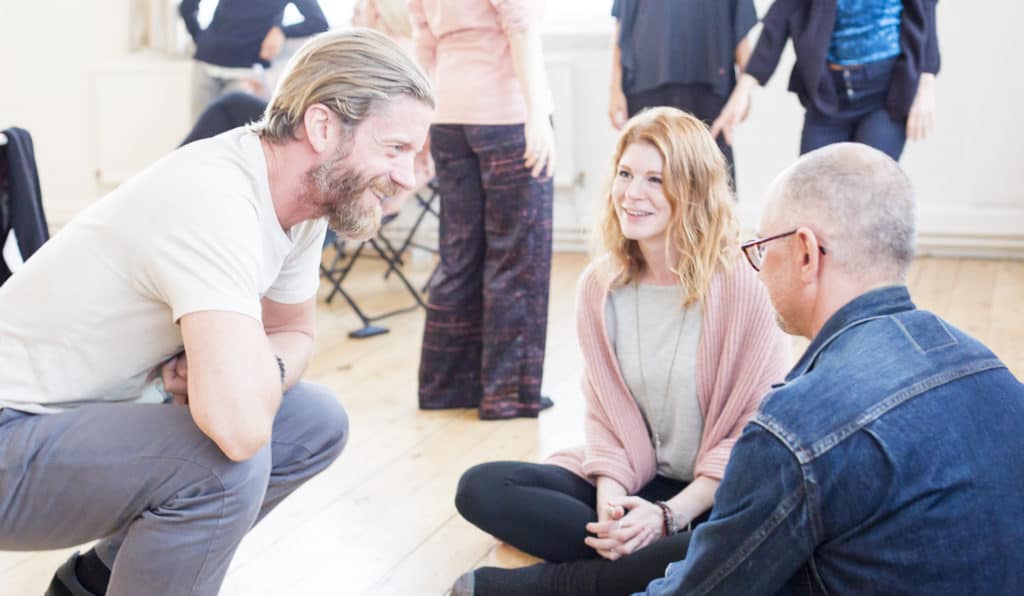
- I welcome all my thoughts, and emotions as they arise, giving space for each one to be fully felt and expressed
- I welcome all the sensations I feel in my body, no matter how uncomfortable
- I welcome all the judgments and assumptions I have about myself and others, without dismissing, suppressing, or rejecting anything that arises in my conscious awareness
We may find it relatively easy to welcome experiences of joy, happiness, or delight, but much harder to welcome experiences of discomfort, trigger, or pain, in ourselves or others. Yet it is exactly the full welcoming of these particularly challenging experiences that move, dissipate, and ultimately integrate them into our psyche.
It is the full welcoming of our own darkness — and that of others and of the world — that fosters the integration of darkness with light to help us become whole and fully actualized human beings.
In our practice, we call this state equanimity – the ability to stay grounded, centered, alert, and aware in all circumstances – and we strive to meet all of life with composure, awareness, and equanimity.
Welcoming an aspect of our experience does not imply agreeing with it. But it does imply a willingness to turn towards it, to understand and become attuned to its nature, which then allows us to more skillfully bring about transformation and integration.
Turning away or shutting down in response to anything, whether it’s inside or outside of ourselves, shuts us off from the full life-giving spectrum of human interactions and dilutes the profound richness available in connected, authentic relationships.


START NOW: Welcome Everything Practice
The key to the practice of welcoming everything is to slow down. Wherever you are and whatever you’re doing, slow down, breathe, and bring your full awareness to the present moment.
Start to notice how you feel in your physical body, noticing and welcoming whatever is there. Make full contact with the sensations, letting yourself feel them fully, taking your time.
Now bring your awareness to your emotions – how do you feel in this moment? Take your time and give space to all the subtle nuances of your emotional experience
Next, notice your mental space, and the thoughts, judgments, opinions, perceptions, memories, wonderings, and other mental activity that arises and passes through there.
Remember that in authentic relating, there is nothing to change, shift, or fix. The practice is only to notice and become aware of, to gather information about your moment to moment experience to make the most informed, intelligent, responsible, and empowered choices in life and in relationship that you can.
The wonderful thing about practicing welcoming everything in yourself first is that it automatically translates to welcoming everything in others. In fact, we are typically only able to welcome in others what we welcome in ourselves. So the more we welcome all aspects and dimensions of ourselves, the more we welcome others fully.
The Second Practice: Assume Nothing
“I don’t like that man. I must get to know him better.”- Abraham Lincoln
We are constantly forming assumptions based on the cues provided to us by sensation and perception, and referenced against the mental models we’ve constructed based on past experience. Many of these assumptions are grounded in objective reality – if I breathe underwater, I can assume that I’ll certainly drown. But many other assumptions are more arbitrary and further removed from reality, and the problem is that we often can’t tell the difference.
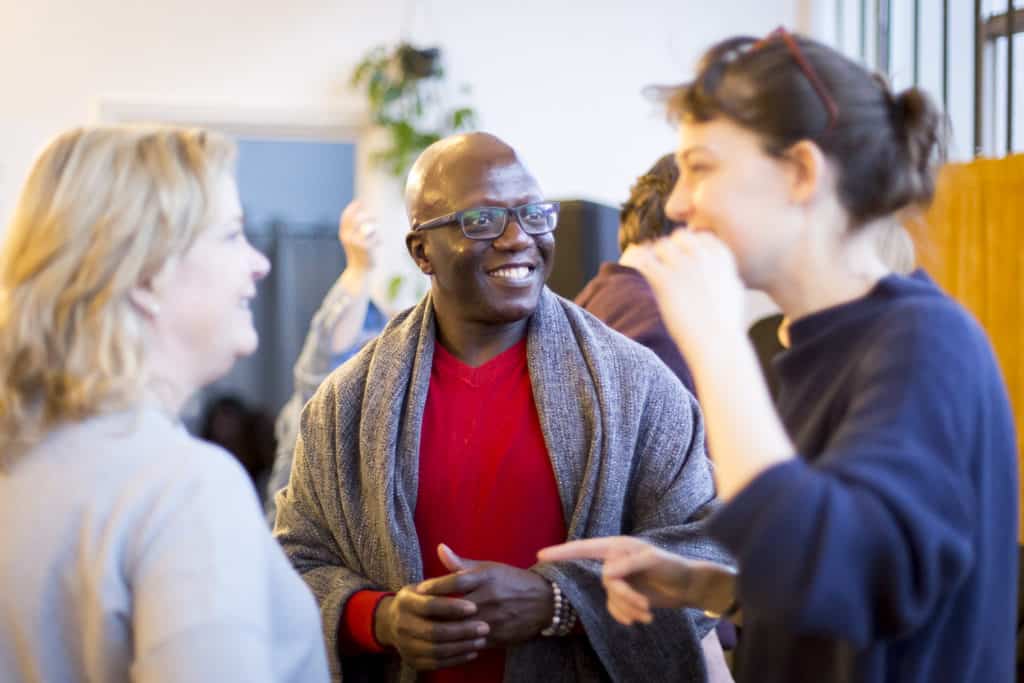
Assumptions often spring from our discomfort and impatience with the unknown. When we are faced with something unknown, we usually fill that unknown with an assumption so that we can alleviate the discomfort of not knowing. For example, you might have a certain facial expression that I interpret as being upset, based on the internal models I reference in perceiving your posture. On top of this assumption, I also assume that it’s about me, because so often we take things personally even though it usually has nothing to do with us.
Here is the exact point where the practice of Assume Nothing can have a transformational impact. If I go ahead and impose my assumption on reality without checking it out, I’m now going to relate to you as if you are actually upset with me. This is the scenario that commonly leads to a self-fulfilling prophecy – I continue acting as if you’re upset with me, until you are actually upset with me. Now my assumption has further enforced my mental model, and I’m further stuck in a pattern that threatens the quality of our ongoing relationship.
This practice of Assume Nothing invites us to notice where we are assuming, and to check those assumptions out with reality.
I might say, “I noticed your facial expression and have an assumption that you’re upset with me. Is that true?” You respond with something like, “Oh no, I was just thinking about my boss and how he spoke to me this morning. It’s nothing to do with you.”
Not only does this practice give us the opportunity to be in real connection with each other, but I can update my mental model to reflect that this kind of facial expression doesn’t always mean someone is upset with me, giving me even more of an opportunity to continue checking out my assumptions in the future, and ultimately releasing the assumption altogether.
Many of our assumptions are generated in the subconscious, and require us to slow down, deepen and expand our field of awareness, and feel into our subconscious selves to make contact with the assumptions we’re making about ourselves, about others, and about life itself.
When we assume, we reflexively react based on our experience of the past. When we don’t assume, or are willing to check out our assumptions, we intelligently respond based on our experience in the present moment.
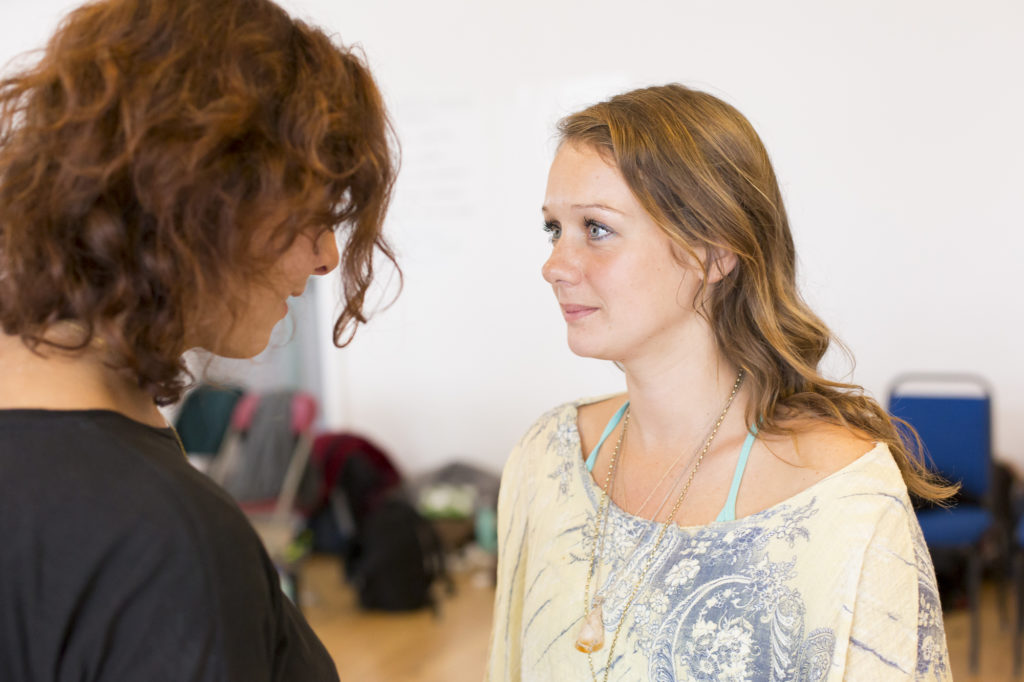
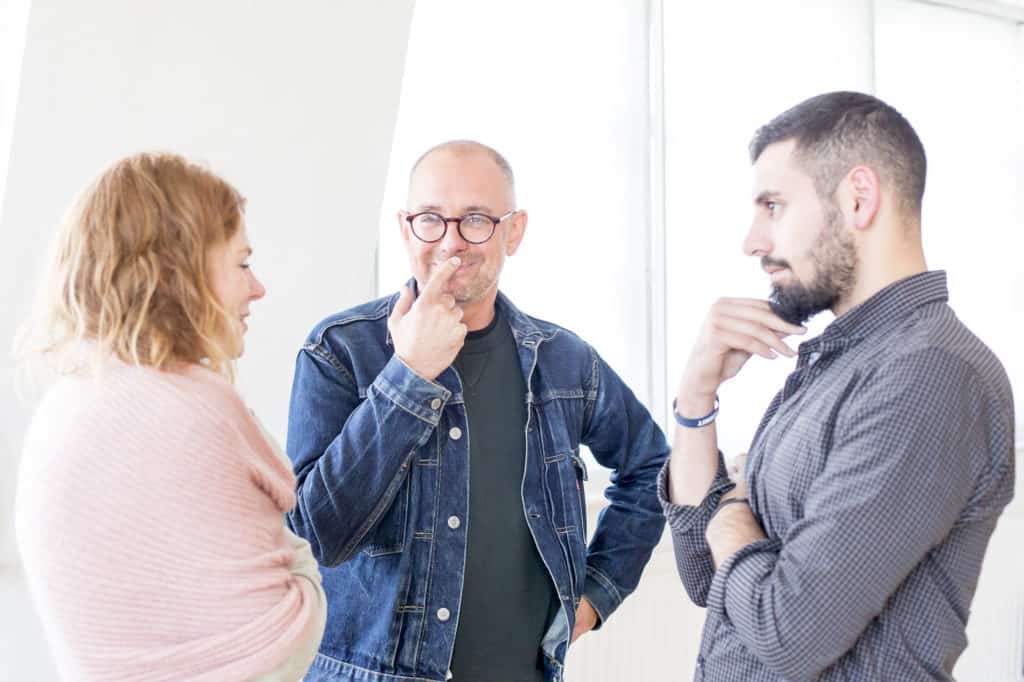
START NOW: Assume Nothing Practice
As you go about your day, notice the assumptions you are making about yourself, others, and the world. This requires slowing down to feel into the subconscious and use the illuminating quality of your awareness to see what’s there.
When you identify as assumption, check it out with others and with objective reality, paying attention to where there is a discrepancy between the assumption and reality.
When you see that there is a discrepancy, let the assumption go and allow yourself to come into closer connection with reality exactly as it is.
Remember that life, people, and the world are constantly evolving, and just because someone or something was the way it was sometime in the past does not mean it is that way still. Let your assumptions be flexible and light, and don’t let them get entrenched in your unconscious self.
As you do this practice, the mental models that you construct and maintain to make sense of reality become ever more refined, and over time you will find yourself in a closer, more accurate, and enlightened relationship with reality itself.
The Third Practice: Reveal Your Experience
“The more personal and introspective a work of art is, the more universal it becomes.”- Tony Berlant
Do you want to be seen, known, loved and accepted for who you really are? While so many of us walk around with the deep wish to be seen, known, heard, welcomed, loved, and accepted for who we genuinely are, we so rarely have such an experience… and it’s because we’re not revealing ourselves to others, making it impossible to ever really be seen and known.

Why don’t we reveal ourselves, our authentic experiences, our core fears, desires, dreams, and hopes to others? Usually it’s because we’re afraid of being judged, dismissed, ridiculed, exiled, or exposed to some other form of alienation or rejection. This fear is deeply embedded in our neurobiology – exile meant certain death for countless eons of human evolution. In Australia, there is a term called “tall poppy syndrome,” alluding to the fear of being chopped down if you stand too tall above your peers.
Authentic relating, and particularly the practice of revealing your experience, is an invitation to reclaim the unfiltered authentic expression that is so vital to our psychological health. It invites us to reveal ourselves just as we are, revealing both our core experiences as well as the filters and mechanisms of judgment that influence them.
We’ve noticed that the hidden parts of ourselves that we’re most resistant to revealing are often strikingly similar to the hidden parts of others. By giving these hidden parts a voice and expression, we open the doorway to profound intimacy and empathy.
At first it may feel very risky to reveal these parts. But over time, as we see that not only does it not push people away or result in judgments raining down on us, but rather invites people closer and into deeper connection, we start to realize that the greater risk is to not reveal, and to remain hidden, guarded, and isolated.

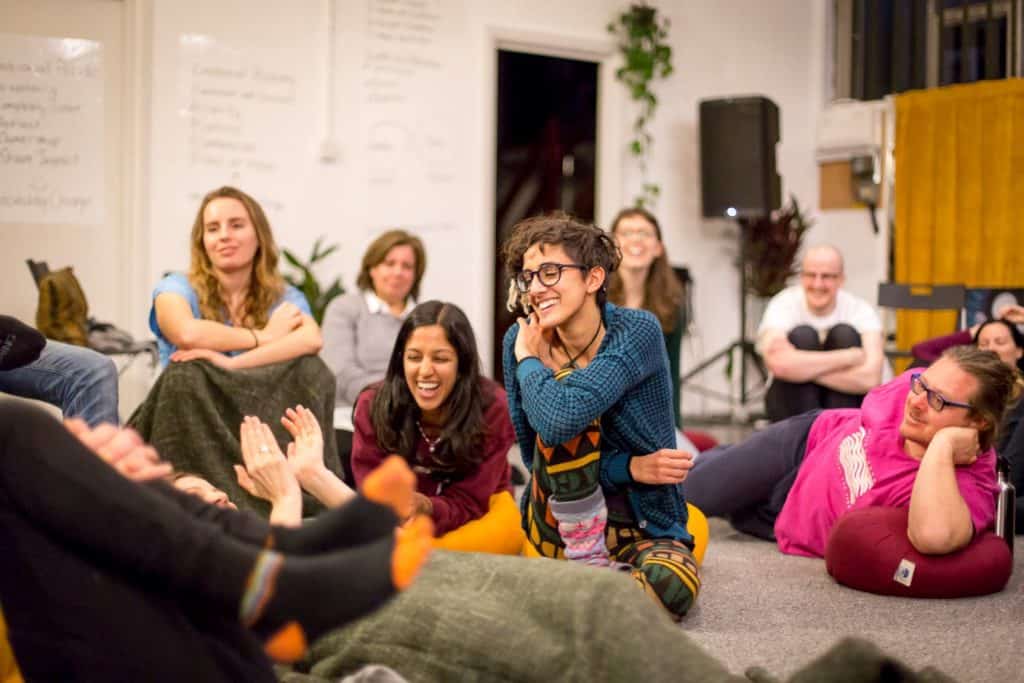
START NOW: Reveal Your Experience Practice
- Try starting sentences with something like, “If I’m being totally honest…” or “To be totally transparent…” or “What I’m really feeling/thinking is…” or “What’s really happening for me is…” and see what happens.
- Notice the quality of connection with others after you reveal something vulnerable.
- Tap into your genuine curiosity and ask questions of others, inviting them into a space in which they can reveal their authentic, vulnerable, real experience.
Using these step, you’ll start to access an unprecedented depth of connection and intimacy in relationship with others, and experience a kind of liberation and sense of wholeness as the guards, masks, and protective mechanisms fall away.
The Fourth Practice: Own Your Experience
“Delusion is a divine curse that makes someone envious, conceited, malicious, so that he doesn’t know the evil he does will strike him back.If he could see his nothingness and his deadly, festering wound, pain would arise from looking within, and that pain would save him.” – Rumi
Owning your experience is a transition from disempowerment to empowerment. The practice invites you to reclaim all the ways you assert your opinions, perspectives, and assumptions and project them onto the fabric of reality, all the ways you blame others and external circumstances for your own experience, and instead find the source of your experience within yourself.

The underlying premise of owning your experience is that everything that occurs in your field of awareness stems from a world-view and value system that is uniquely yours.
Imagine that you and a friend are looking at a tree. You might both call it a tree and assume that you are both holding the same perception of the tree – it’s just a tree, and everyone knows what a tree is. But if you were each to be asked to describe the tree, the unique nature of your perspective starts to reveal itself.
You: “It’s bushy with a lot of leaves on the outer branches. The leaves are droopy and there are a lot of dead branches without any leaves. It looks a little scary, honestly.”
Your friend: “The trunk looks solid and smooth, with lots of roots showing through the dirt around the trunk. It looks like it would be fun to climb.”
If you were each asked to describe the feelings or memories this tree evoked in you, you would see even more of a difference in your perception of the tree between you and your friend. The tree is just a tree, and the same tree for everyone, but it arises in each person’s consciousness in a singularly unique way that is an expression of the unique complexities and nuances of each person’s path through life.
We can see from this example that there is really no such thing as being able to experience the absolute nature of reality outside of our own inherent perspectives. And yet we fall prey to this fallacy again and again, especially in relationship.
As you become more proficient with owning your experience, you can start to reveal more and more of the inner layers of what is producing your experience. Once we shift the focus of seeking the source of our experience from outside ourselves to within ourselves, we can start to explore the fascinating territory of our inner selves and become ever more self-aware and self-empowered as a result.
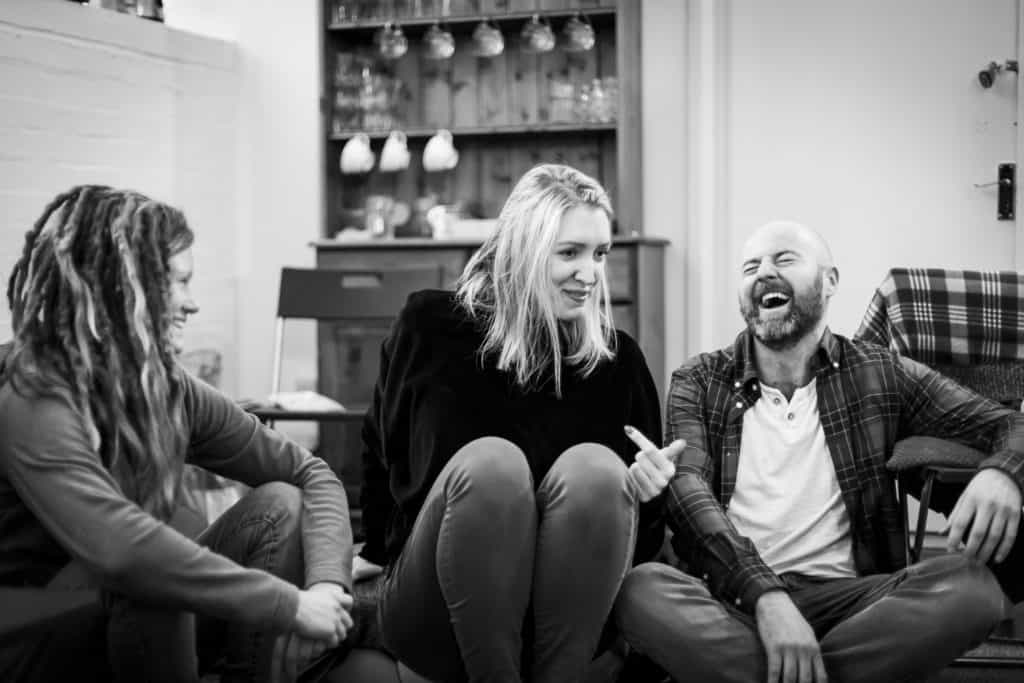
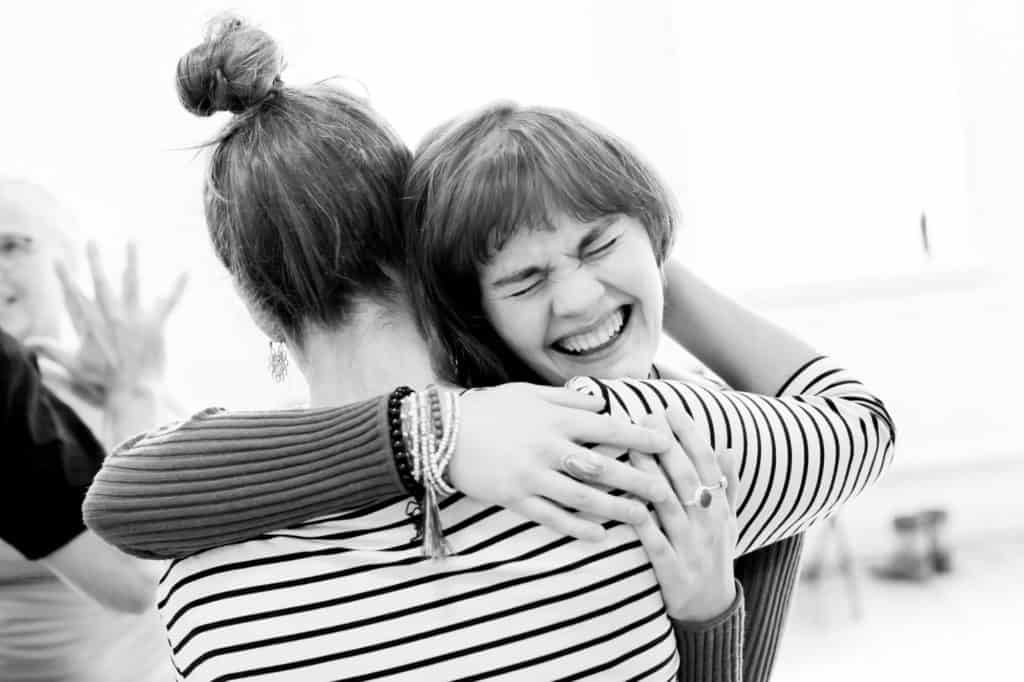
START NOW: Own Your Experience Practice
As you go about your day, ask yourself how your own unique perceptions create your thoughts, judgements, feelings and beliefs.
If you feel triggered by someone or something in your experience, look within yourself to find the source of that trigger.
Explore other ways you can take responsibility for your own experience, and recognize your part in your experience of life and relationships.
As we start to peel back the layers that the practice of owning our experience has us coming into contact with, we begin to hone in on the real source of our thoughts, feelings, and perspectives. We often locate a belief or an interpretation of the world that we didn’t even know existed, that nevertheless has had such an influence on our conscious experience. We can then articulate this core pattern or belief to people with whom we’re in relationship, providing an ever more intimate window into our most vulnerable selves, where we are most truly, deeply seen and felt.
The Fifth Practice: Honor Self and Other
The Golden Rule: “Treat others as you would like to be treated.”
The Platinum Rule: “Treat others as they would like to be treated.”
Authentic relating is not just being authentic, being real and honestly expressed, it’s also recognizing that we are in relationship with others, and that our expression has an impact on others, and that we are called to create a space in which others can be fully expressed as well. The practice of Honor Self and Other is a constant reminder and invitation to remember that connection is about being in relationship with self and other at the same time.
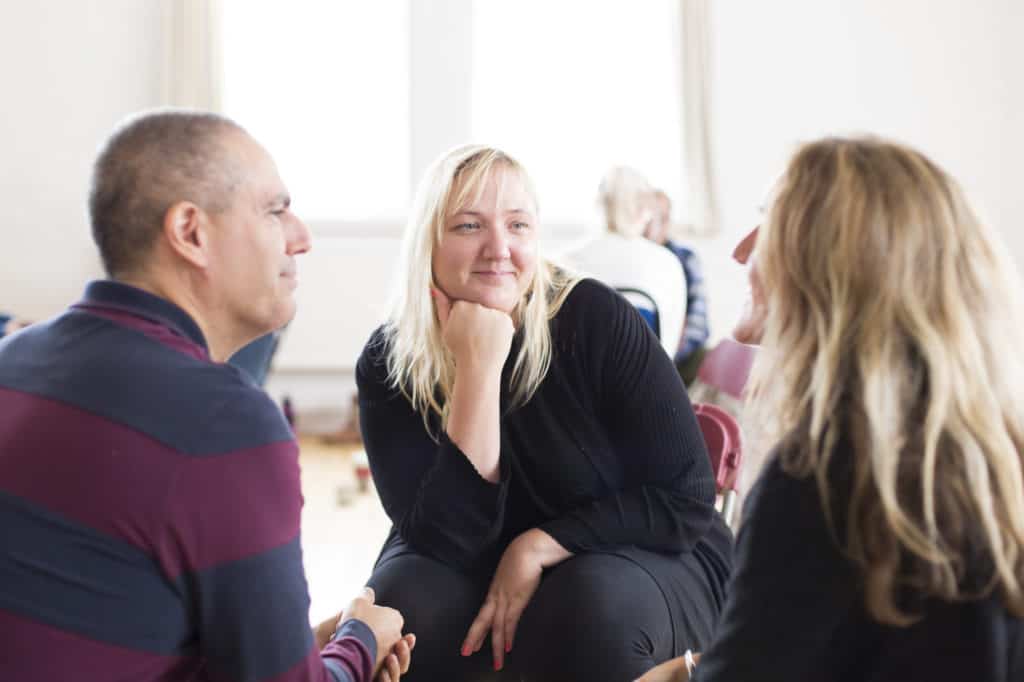
Most of us have been raised to prioritize the needs of either self over other, or the needs of other over self. An extreme version of the former is narcissism, while an extreme version of the latter is codependency. The underlying belief of prioritizing self over other is that I’m better than you, my needs are more important than yours, or my perspective is more valid than yours. The underlying belief of prioritizing other over self is exactly the opposite.
Honor self and other invites us to calibrate ourselves to the sweet spot that strives to meet both your needs and mine, recognizes and includes your values and mine together, and validates both our perspectives at the same time.
Honoring self is:
- Knowing my own boundaries, and being clear and explicit about what is okay and not okay, and what I am available for and not available for
- Slowing down enough to listen to my authentic experience and make contact with my unfiltered truth, and to make that known to others
- Identifying my needs and desires, and expressing those to others in a way that is owned and unattached to the outcome. It means not overriding my needs and desires to meet those of others
Honoring other is…
- Getting genuinely curious about others, so I can learn about their boundaries, values, needs, and desires
- Noticing my assumptions about others, checking them out with others, and releasing them if they are inaccurate
- Listening to others to give them space to share their perspective, wants, and needs
The sweet spot between honoring self and other is making choices in which the needs, desires, and values of both self and other are fully met at the same time. It is to constantly strive to find the place in which these essential human aspects overlap, and to act from that place. It is the space in which I feel empowered to speak my truth, and then to immediately check for impact and give you the space to speak yours.
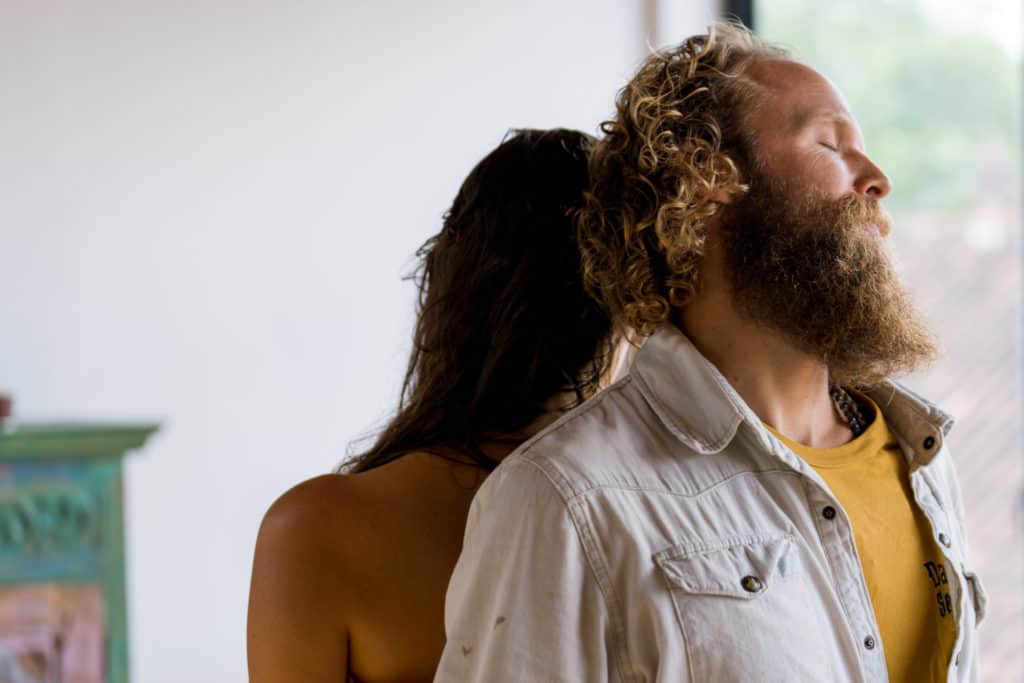

START NOW: Honor Self and Other Practice
Slow down and feel into yourself, and come into full contact with your core values, needs, and desires.
Get curious about others and reflect their expression so you really get what matters to them and what their own values, needs, and desires are.
Remember that once you understand someone’s core values, everything about how they show up in the world makes sense. We all act from these core values.
Explore where your own and the other’s values overlap, and design relationship from this place of overlap, while giving space to each other to fully express from the places that don’t overlap. This is the foundation of authentic relationships.
The time it takes to make full contact with these essential parts of ourselves can create a space of profoundly meaningful, loving, and enlivening human connection. It is where we can support each other to be fully liberated to be exactly who we are, without suffocating or diminishing our essential human nature.
About ART International
We are the world’s leading professional authentic relating training organization, offering courses to the general public, and training programs for companies and organizations. Through our 501(c)3 sister nonprofit organization, Authentic Relating International, we deliver training to prisons and educational institutions. We offer our courses and work with clients in dozens of cities on four continents, year-round.
Our flagship Level 1: The ART of Being Human course has introduced thousands of people from all walks of life to the transformational practice of authentic relating. We offer this two-day course on almost every weekend of the year, around the world. In addition, we offer our Level 2 Advanced Course and our week-long Level 3 Leadership Course several times a year. Check our website for the latest course schedule at www.authenticrelatingtraining.com/courses.
We believe that authentic relating is the universal language of human connection, and that it is a critical component of moving the world toward a new paradigm of relational consciousness, in which old divisions are healed and new bridges are built, uniting us in our shared human experience and reconnecting us to the full, whole human within ourselves and others.
We believe that access to the tools and skills of conscious relationship is a human right, and that authentic human connection is as important a resource as food, water, and shelter. Without connection, we wither and die, and our mission is to empower everyone to participate in conscious relationship with self, other, and the world.
Do you know about our nonprofit work?
Authentic Relating International (ARI)
Did you know we are the first to bring Authentic Relating programs to jails and prisons? Check out our sister organization and new nonprofit Authentic Relating International (ARI) to see what we’re up to and how you can support us in fostering healthy, sustainable, authentic human connections in marginalized communities.

